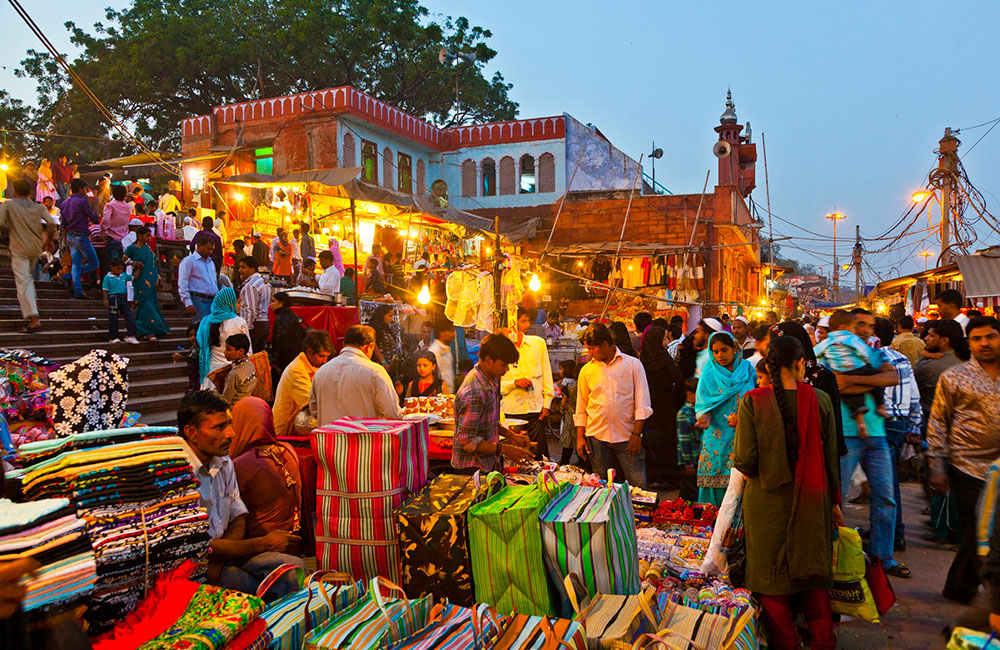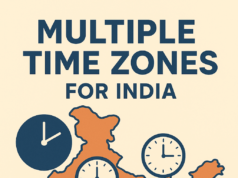On 17 May 2025, something routine and brutal played out in Sarojini Nagar. About 200 stalls were torn down under the cover of night. No notice, no consultation, no pause.
This wasn’t atypical. For decades, this market, despite being Delhi’s busiest informal retail space, has lived under the threat of collapse. Since the 1990s, there have been a dozen demolitions in this market. Every few years, the same cycle repeats: a justification is found, the state proceeds to destroy, and livelihoods are left to dust and splinters.
There are legal precedents that can be used to stop this, but they don’t work. In Olga Tellis vs. Bombay Municipal Corporation (1985), the Supreme Court said that eviction without due process violates the right to safe livelihood, and reiterates this right to be a right at par with other constitutional rights.
The significance of the May 2025 demolition lay in when it occurred. Just a few days earlier, vendors from Sarojini Nagar had approached the Delhi High Court seeking protection. They were not breaking the law, they were trying to use it to seek protection. The state offered a response: demolition.
The state doesn’t call its actions as punishing people. It instead cites “obstruction,” “nuisance,” or “clearing unauthorised use” as its primary motivators. These vague tools in the hands of municipal power are easy to invoke and hard to challenge.
The Delhi Municipal Corporation Act practices selective enforcement, where one vendor may face eviction, another is allowed to remain. Opaque laws preserve discretionary power in the hands of the state. This is not urban planning in any meaningful sense. It is a performative exercise at best. The law, in this context, functions less as a framework for justice, and more as a tool of administrative convenience, invoked to legitimise decisions that were made already by someone behind a powerful desk.
It’s worth asking, is Sarojini Nagar really as illegitimate as the state finds it to be every now and then?
Sarojini Nagar, like many neighbourhoods in Delhi, didn’t follow a blueprint. It grew out of a settlement of individuals, who followed a routine in pursuit of a livelihood and survival. It was first part of Vinay Nagar, a housing scheme for government workers in the 1950s. Later on in the 1970s, it got renamed after the political activist and poet Sarojini Naidu. Since then it has evolved into a dense network of export surplus stalls, family-run shops, tailors, and street kitchens.
The vendors of Sarojini Nagar are not lawbreakers. They’re just visible. Their work doesn’t fit into the paperwork, so they’re called “illegal.” But what they do is no different from what most small traders do: find a way to survive in a city that gives them almost no space but takes their labour anyway. When they are hurt, and their livelihoods are destroyed, they get alienated from their fair stake in the economy, and are penalised despite their honest labour.
Many of these shops and establishments are run by women, who support households with additional labour that is unpaid and invisible.
To walk through Sarojini is to walk through a street-level economy built on risk, skill, and hustle. It’s a version of the city that the state refuses to admit into its plans. This economy is huge and its strength of numbers, unknown. By the Municipal Corporation of Delhi’s estimates there are more than 400,000 vendors, most of them operating without formal recognition but well within the everyday economy of the city. The Street Vendors Act (2014) aims to cap their numbers at 2.5% of a city’s population. With Delhi’s estimated population of 35 million persons, from the state’s view there must be at least 875,000 street vendors. But none of these numbers come close to reality. Sarojini is just one of the many growing flea markets of Delhi.
A researcher, Shweta Sharma, in her 2015 study on Urban Street Hawkers, classifies street vendors operating in Delhi. There are those who are Stationary Hawkers who form the dominant size of all street vendors. There are also Semi-stationary Hawkers, who move in interstices. Mobile Hawkers, the third kind, are always on the move, throughout the day. The Street Vendors Act, 2014 acknowledges these vendors and offers them protection and grievance redressal by instituting Town Vending Committees. But in Sarojini, these legal protections are null and void.
A disheartened vendor, Rashid said, “what’s the point of salvaging a few broken trinkets under this debris?”. When asked how he’ll cope with the destruction, he responded to say, “I’ve grown up here. These things don’t affect me anymore”. He then paused, and offered wisdom on how to be a street vendor in India, “If you don’t have a banner, no one will notice you”. Or in other words, stay invisible.
Lawful cities are not made with brute machinery. They are formed through trust and care. If the state wishes to govern with legitimacy, it must learn to respect and not destroy what it did not build.
Post Disclaimer
The opinions expressed in this essay are those of the authors. They do not purport to reflect the opinions or views of CCS.





